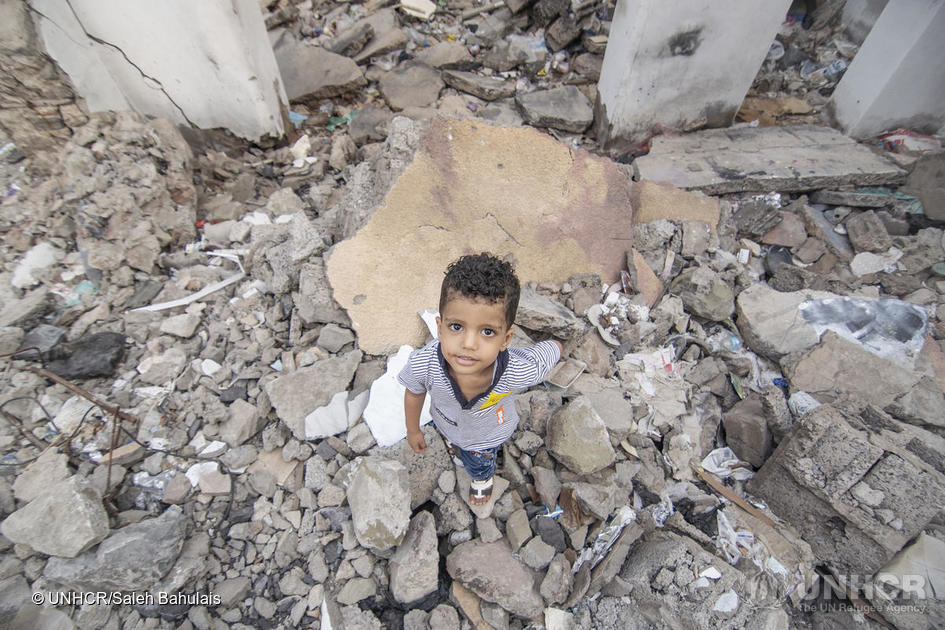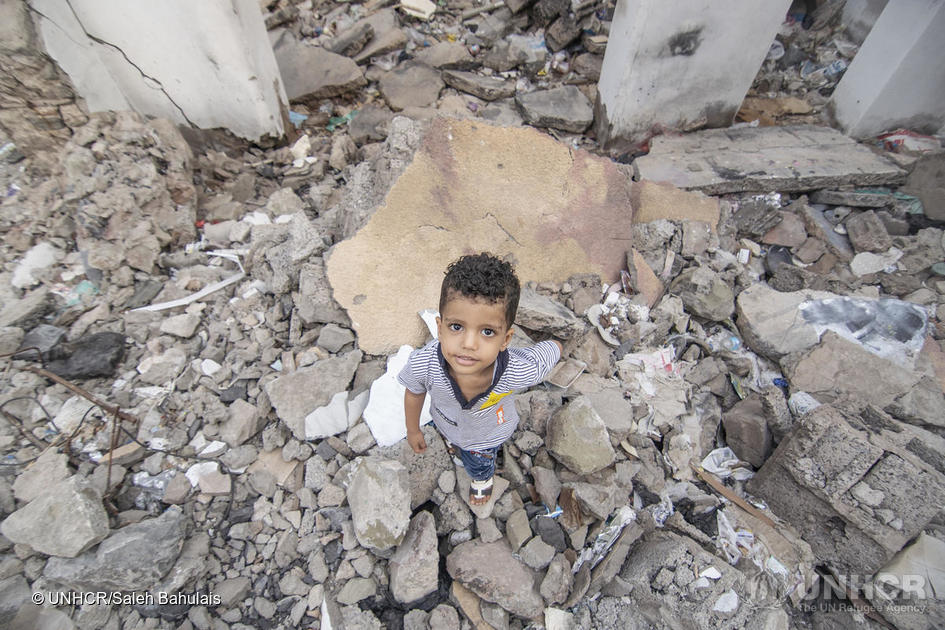
More than 17 million Yemenis are food insecure, including 5.1 million people with acute food insecurity (as of March 2025). Yemen remains among the top six largest internal displacements in the world.
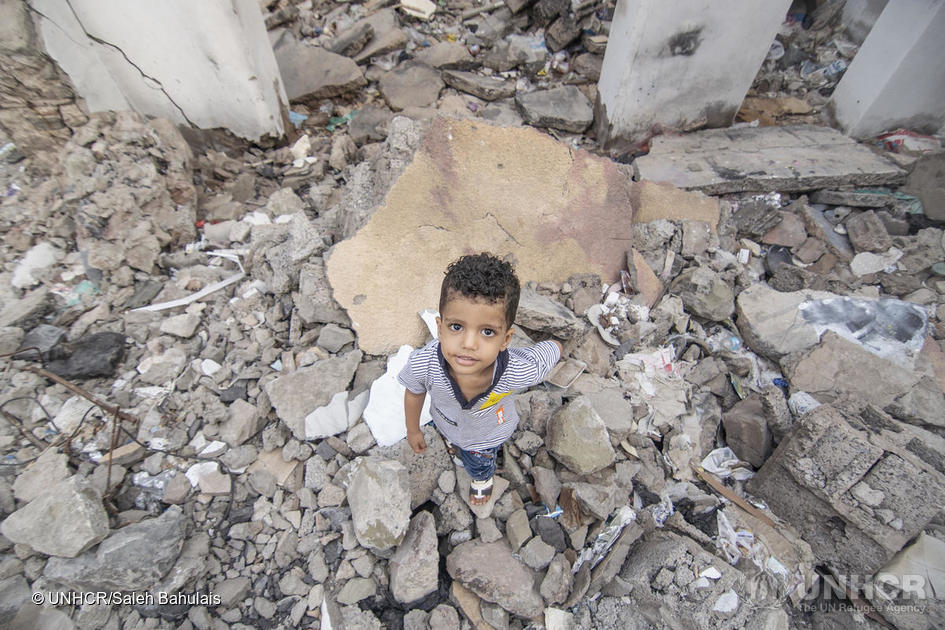
Yemen’s civil war began in 2015 as a result of clashes between Yemeni government forces and the Houthis - also known as Ansar Allah. Over the past ten years, conflict and economic decline have taken a heavy toll on civilians, forcing millions to flee their homes and leaving 18.2 million people in dire need of humanitarian assistance. Even before the current crisis, Yemen was the most vulnerable country in the Middle East. It regularly ranked among the world’s worst in malnutrition rates with half of its population living in poverty and without access to safe water.
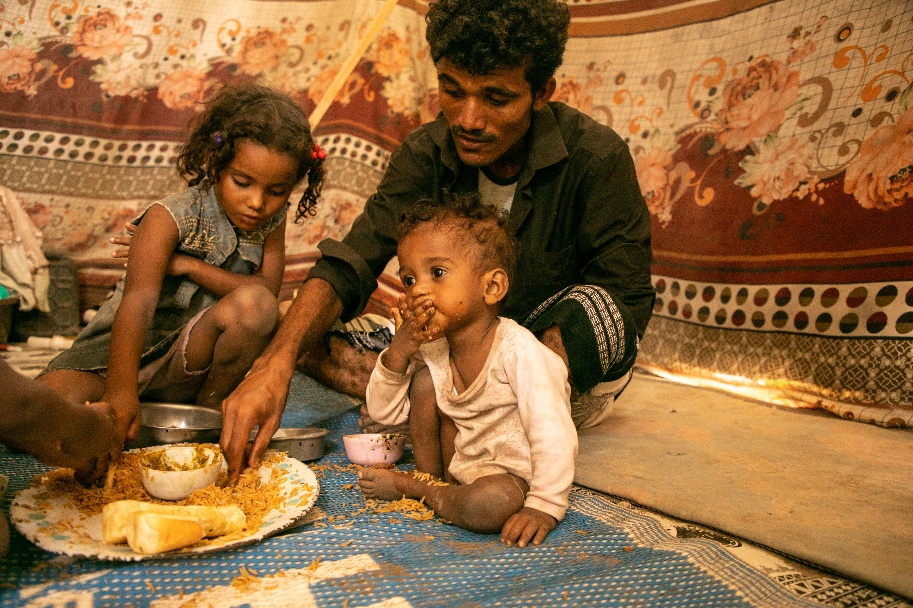
Women and children are bearing the brunt of the crisis. Of the 4.5 million internally displaced people in Yemen, around 80 percent are women and children. At least 26 percent of displaced households are female-headed — 20 percent of whom are under the age of 18. Malnutrition rates among women and children in Yemen remain among the highest in the world, with 1.4 million pregnant or breastfeeding women requiring treatment for acute malnutrition.
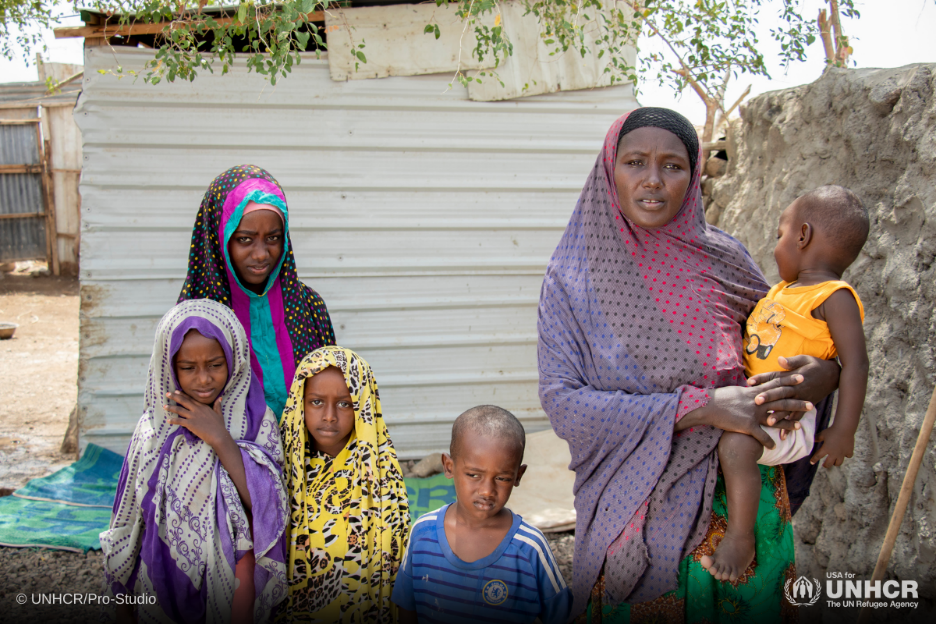
Meanwhile, Yemeni children continue to be killed and injured because of the conflict and are dying at increasingly high rates due to preventable diseases and malnutrition. More than 2.5 million children are out or not attending school, and 8.6 million school-aged children need education assistance. Many are forced to abandon their education to support their families or because there is a shortage of schools at displacement sites.

UNHCR provides shelter kits, mats and plastic sheets to help families repair homes that have been damaged in the conflict and supports health facilities that serve refugees, asylum-seekers and Yemenis affected by violence. Health priorities include preventing and controlling the spread of cholera.

